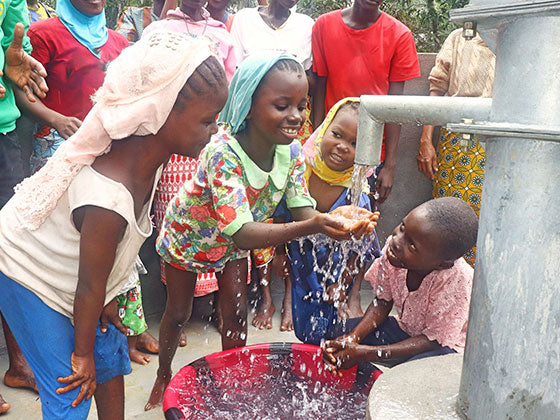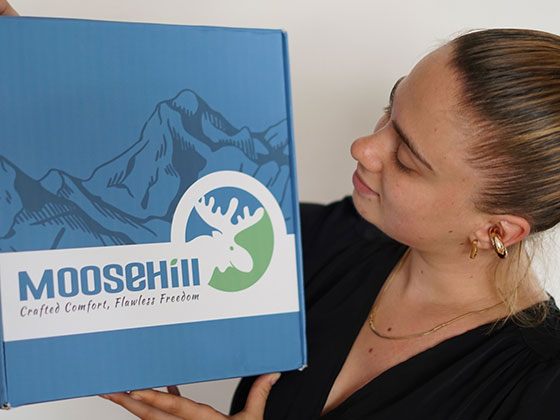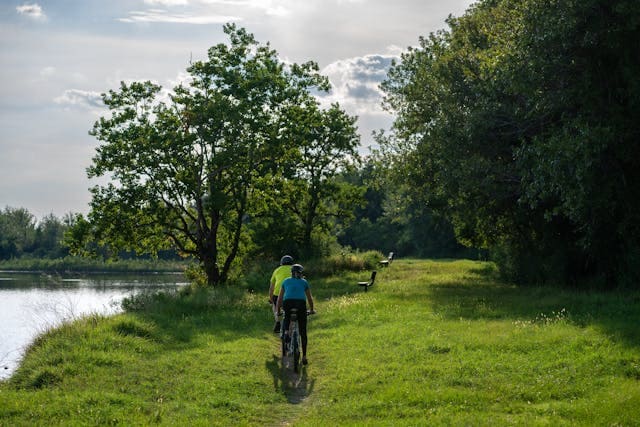Many cycling enthusiasts have encountered cramps during their rides, which are scientifically known as muscle spasms. Muscle cramps refer to the sudden and involuntary stiffening and contraction of muscles, causing muscle stiffness and unbearable pain. For cyclists, cramps usually occur in the legs, hands, back, and neck. In intense competitions, once cramps occur, it is difficult for you to recover in a short period, and your athletic performance will be greatly reduced. The true mechanism of cramps is currently inconclusive, but we know that under certain conditions, cramps are indeed more likely to occur.
Fatigue and overload
The cycle of muscle contraction and relaxation is the foundation of our exercise. When our bodies are extremely fatigued and our muscles are operating beyond their limits, cramps often occur suddenly, becoming the last straw that crushes the camel. Taking cycling as an example, if you haven’t trained for a long time and suddenly participate in a high-intensity race one day, you are very eager to win and may experience cramps because the intensity of the exercise has exceeded the limit of your muscles. Another reason is that during high-intensity exercise, scum like me will quickly be forced into the lactate zone. As a strong organic acid, lactate dissociates to produce hydrogen ions, causing a decrease in muscle pH value. The accumulation of hydrogen ions can interfere with the binding of calcium ions to troponin, thereby disrupting muscle contraction and relaxation, leading to muscle cramps.
Water and electrolytes
The human body is also prone to cramps when dehydrated. Water is the transportation tool of the body, and the excitability of human nerves is closely related to the balance of water and electrolytes in the body. Electrolytes play a key role in muscle signal transduction. When cycling at high intensity, a large amount of water and electrolytes are lost in the body, which affects the transmission of muscle nerve signals and leads to sustained muscle spasms during or after exercise. In addition, dehydration can worsen your fatigue level, especially when your nerves are highly tense during a race, to where you forget to hydrate. When you sprint towards the end of the race or dying point, the exhausted muscles will teach you a lesson.
Damage and bicycle settings
If you frequently experience cramps, you need to consider whether there is any potential damage to your body. For example, ankle strain can limit the range of joint movement, making your calves more prone to cramps, and back injuries can also cause leg cramps. If you experience similar situations, it is recommended to go to a regular hospital for examination and not take chances.
Inappropriate bicycle settings and riding posture are also causes of cramps, such as seat cushion height being too low (or too high), inability to stretch muscles and joints (or excessive stretching) when pedaling, restricted blood circulation in the legs, and improper locking angle and position, which can also lead to cramps. Therefore, finding an experienced fitter to check your pulse can also help prevent and relieve cramps.
Now that you know the factors that may cause cramps, let’s learn how to prevent cramps and what to do if they occur.
No one wants to cramp five hundred meters before the finish line. If unfortunately hit, even if you grit your teeth and persist, your pedaling strength and rhythm will still be affected, so prevention is the key.
Be prepared and remember to warm up before departure. Do some stretching exercises to stretch your muscles. Some functional leg covers and socks are also advertised as having the effect of preventing cramps.
Timely replenishment of water and electrolytes. There are many good sports drinks, tablets, and powders in the market worth trying. Well matched isotonic sports drinks contain carbohydrates and electrolytes, which are easy to absorb and can help maintain fluid balance. If you feel thirsty during exercise and are already dehydrated, it is recommended to replenish water in small amounts multiple times. Of course, this is also related to the pace of the race. Experienced drivers will seize the appropriate time to replenish water, and there are also examples of novice riders who are highly nervous during races and dare not reach for a water bottle throughout the race.
Moderate intake of energy can help maintain good muscle function and aid in recovery after exercise. There should be an advertisement for the Meiqiyigou Energy Gel here (click to open). Sports experts suggest consuming 30-60 grams of carbohydrates per hour during exercise. Taking into account factors such as sweat rate, weather conditions, exercise intensity, and clothing, the human body loses 500-1000ml of body fluids per hour. Although we may not be able to achieve scientific training like professional athletes, we should also pay attention to understanding our own physical condition. These details are often the key to winning competitions.
Without training, giving you an electric small motor is also useless. Persisting in training for a long time can make your body function adapt to your exercise needs as much as possible, which will help prevent muscle spasms caused by muscle overload.

Dealing with cramps
If you have already done everything you can, but still accidentally hit the jackpot, the following tips may be helpful to you.
When you feel that your muscles are starting to feel strange, sore and stiff, and a little out of control, this is a precursor to muscle spasms. If you don’t control it at this time, the intense pain that follows will make you collapse. The correct approach at this time is to adjust the tooth ratio to be lighter, reduce muscle load, and change the riding posture, such as trying to switch from sitting to standing (not making you shake the bike vigorously), moving back and forth on the seat cushion, and finding a posture that relaxes your muscles. If you are confident enough in your car control skills, you can do some dynamic stretching exercises in the car, which can also help relax your muscles, provided you pay attention to safety!
If you feel the need to stop, remember not to sit on the ground without getting up, as this lazy practice can actually make your muscles tighten even more. Try stretching in place, walking back and forth for a while, and slowly drinking some electrolyte drinks. The symptoms of cramps will gradually alleviate.
If you experience cramps while riding with a group of friends, don’t hide the situation for the sake of face. Dealing with it in a timely manner can minimize the pain. A true good friend will stop and wait for you, while those who shout all day about not climbing hills for leisure riding and abandoning their teammates at critical moments, let them go.










